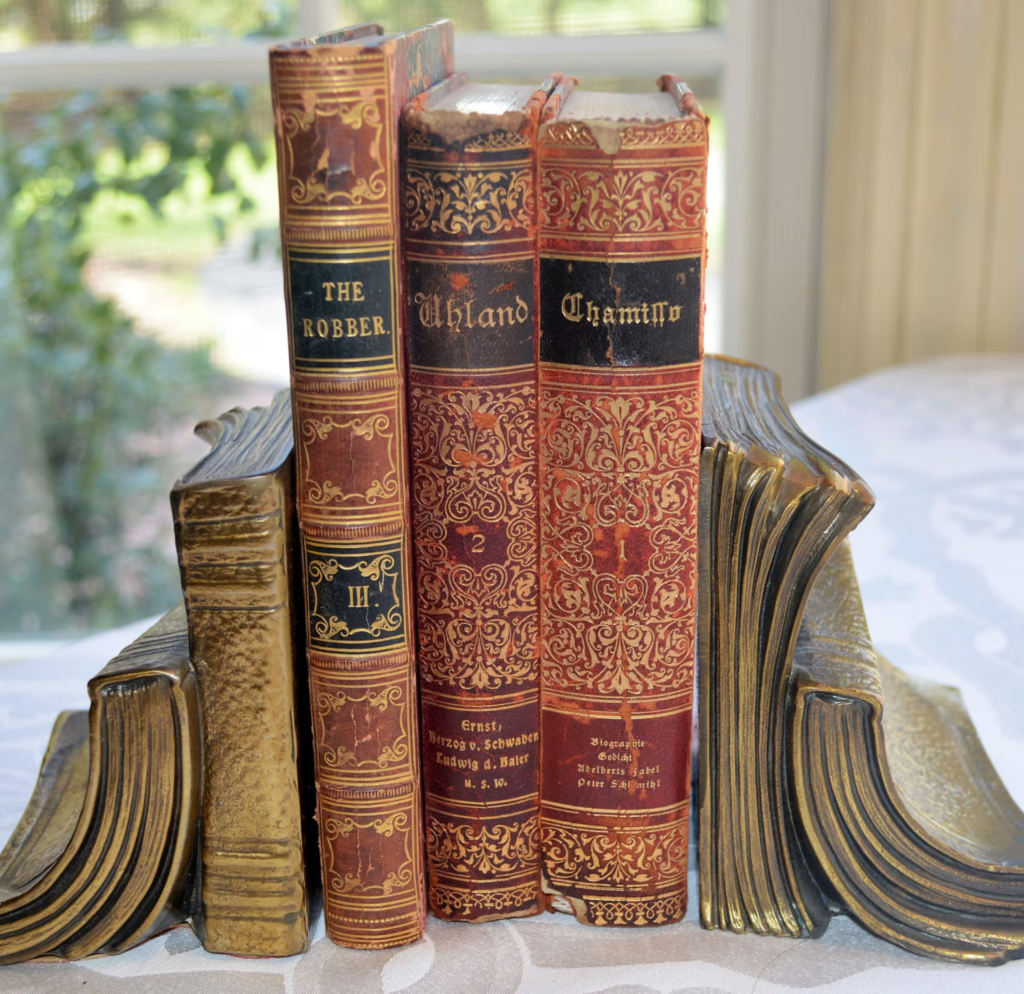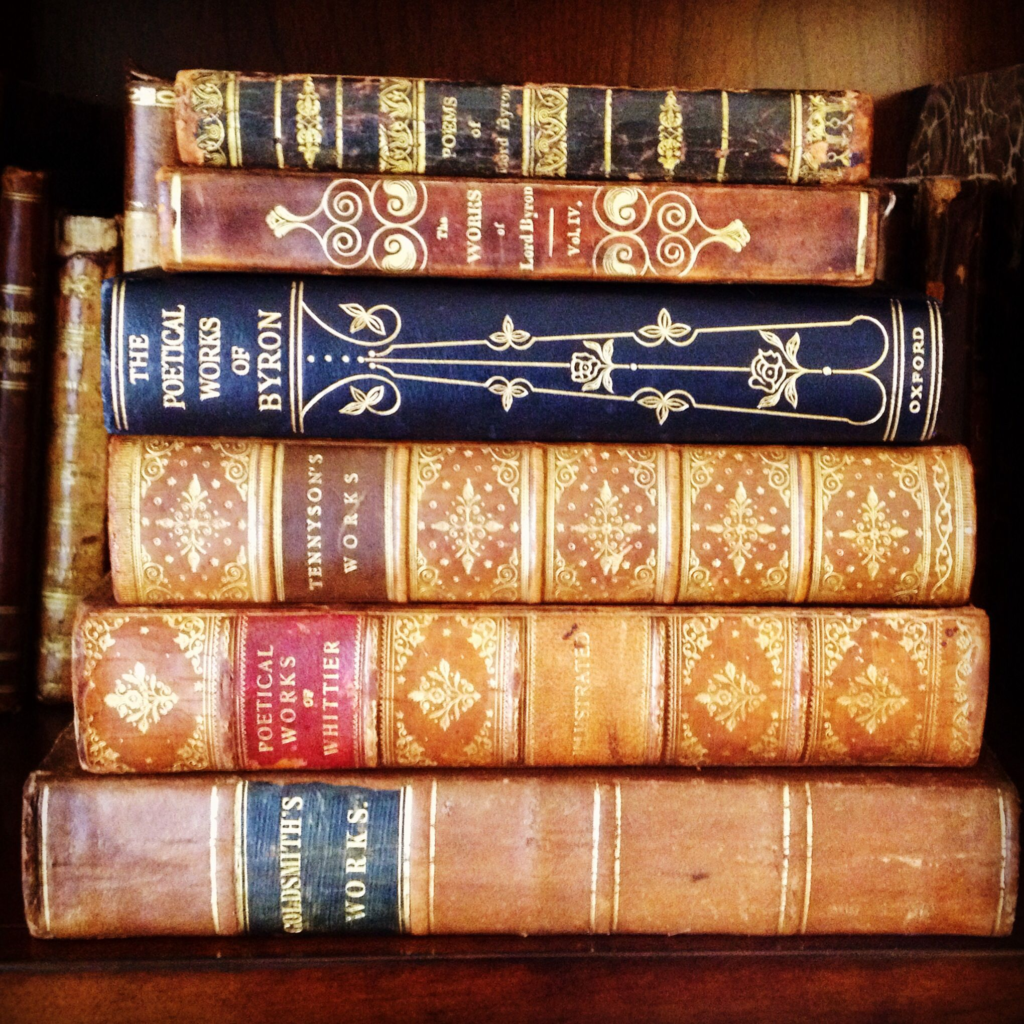Decorative books, those beautiful spines adorning our shelves, have evolved far beyond their functional purpose of holding written content. Today, they serve as versatile elements in home decor, adding style, personality, and a touch of sophistication to any space. In this article, we’ll delve into the world of decorative books, exploring their history, types, styling tips, and more.

A Brief History of Decorative Books
The concept of using books as decorative objects dates back to ancient civilizations. In ancient Rome, libraries were often grand, ornate spaces where books were displayed as symbols of knowledge and wealth. During the Renaissance, the printing press led to a surge in book production, making them more accessible and affordable. This, in turn, fueled the popularity of decorative bookbinding techniques, which transformed books into works of art in their own right.
Types of Decorative Books
Decorative books come in a wide variety of styles and materials. Here are some of the most common types:
- Antique Books: These are books that are at least 100 years old. Antique books can be valuable collectibles and can add a touch of history and elegance to your home.
- Coffee Table Books: These are large, beautifully illustrated books that are designed to be displayed on coffee tables. They often cover topics such as art, photography, architecture, and travel.
- First Editions: These are the first printings of a book. First editions can be highly collectible and valuable, especially if they are signed or have other unique features.
- Limited Editions: These are books that have been printed in a limited number of copies. Limited editions are often signed or numbered, and they can be quite valuable.
- Art Books: These books are filled with stunning illustrations and photographs. Art books can be a great way to add a touch of culture and sophistication to your home.
- Literary Classics: These are timeless works of literature that have stood the test of time. Literary classics can be a great way to add a touch of intellectualism and sophistication to your home.
Styling Tips for Decorative Books
When styling decorative books, there are a few key tips to keep in mind:
- Choose a Theme: Consider the overall style of your room and choose books that complement it. For example, if you have a modern room, you might choose books with clean lines and bold colors. If you have a traditional room, you might choose books with ornate covers and classic designs.
- Mix and Match: Don’t be afraid to mix and match different types of books. This can create a more interesting and eclectic look.
- Vary the Heights: Vary the heights of your books to create a visually appealing display. You can use bookends to help you achieve this.
- Add Personal Touches: Add personal touches to your book display, such as family photos, travel souvenirs, or other meaningful objects.
- Consider Lighting: Make sure your books are well-lit so that you can appreciate their beauty.
Decorative Books in Different Rooms
Decorative books can be used in almost any room of the house. Here are a few ideas:
- Living Room: Create a focal point in your living room by displaying a collection of decorative books on a bookshelf or coffee table.
- Bedroom: Add a touch of personality to your bedroom by placing a few favorite books on your nightstand.
- Home Office: Create a stimulating and inspiring workspace by surrounding yourself with books that you love.
- Bathroom: Add a touch of luxury to your bathroom by placing a few decorative books on a shelf or in a bathtub caddy.
Beyond Decoration: The Value of Books
While decorative books can be a beautiful addition to any home, they are also valuable for their content. Books can be a source of knowledge, inspiration, and entertainment. By surrounding yourself with books, you can expand your mind, spark your creativity, and connect with other people through shared experiences.
So, the next time you’re looking to add a touch of style to your home, consider incorporating decorative books into your decor. Not only will they look great, but they will also provide you with a wealth of knowledge and inspiration.

FAQ’S
What are decorative books?
Decorative books are not meant to be read. They are primarily used for aesthetic purposes, adding a touch of elegance and style to your home. They can be used as centerpieces, bookends, or simply to fill shelves.
What types of decorative books are available?
There’s a wide variety of decorative books to choose from:
- Antique Books: These are old books with historical value or unique binding.
- Coffee Table Books: These are large, beautifully illustrated books often focused on art, photography, or travel.
- Faux Books: These are replicas of real books but are hollow inside.
- Personalized Books: These can be customized with your name or a special message.
- Themed Books: These are books that match a specific theme, such as nautical or vintage.
How can I choose the right decorative books for my home?
Consider these factors when selecting decorative books:
- Your Home’s Style: Choose books that complement your home’s decor, whether it’s modern, rustic, or classic.
- Color Scheme: Select books with colors that match or contrast with your existing color palette.
- Size and Shape: Consider the size and shape of your shelves to ensure the books fit well.
- Personal Interest: Choose books that reflect your interests or hobbies for a more personal touch.
How can I display decorative books effectively?
Here are some tips for displaying decorative books:
- Create a Focal Point: Place a stack of books on a coffee table or shelf to draw attention to that area.
- Use Bookends: Bookends can help keep your books organized and add a decorative element.
- Mix and Match: Combine different types of books for a more interesting display.
- Consider Lighting: Place a lamp near your books to highlight their details.
Are decorative books worth the investment?
Decorative books can be a worthwhile investment if you appreciate their aesthetic value and want to add a touch of personality to your home. They can also be a conversation starter and a unique gift.
Can I read decorative books?
While some decorative books may contain text, they are not meant to be read. They are primarily for display.
How can I care for decorative books?
To keep your decorative books looking their best:
- Dust them regularly: Use a soft brush or duster to remove dust.
- Avoid direct sunlight: Prolonged exposure to sunlight can fade the colors of the books.
- Handle with care: Be gentle when handling antique or fragile books.
Can I use decorative books as bookends?
Yes, you can use decorative books as bookends. However, be careful not to damage the books by placing too much weight on them.
Where can I buy decorative books?
You can find decorative books at bookstores, antique shops, online retailers, and even thrift stores.
Are there any popular decorative book trends?
Some popular trends in decorative books include:
- Minimalist designs: Simple, clean lines and neutral colors.
- Vintage-inspired books: Antique-looking books with distressed covers.
- Personalized books: Books with custom messages or illustrations.
- Large-format coffee table books: Books with stunning visuals and high-quality paper.
To read more, Click here